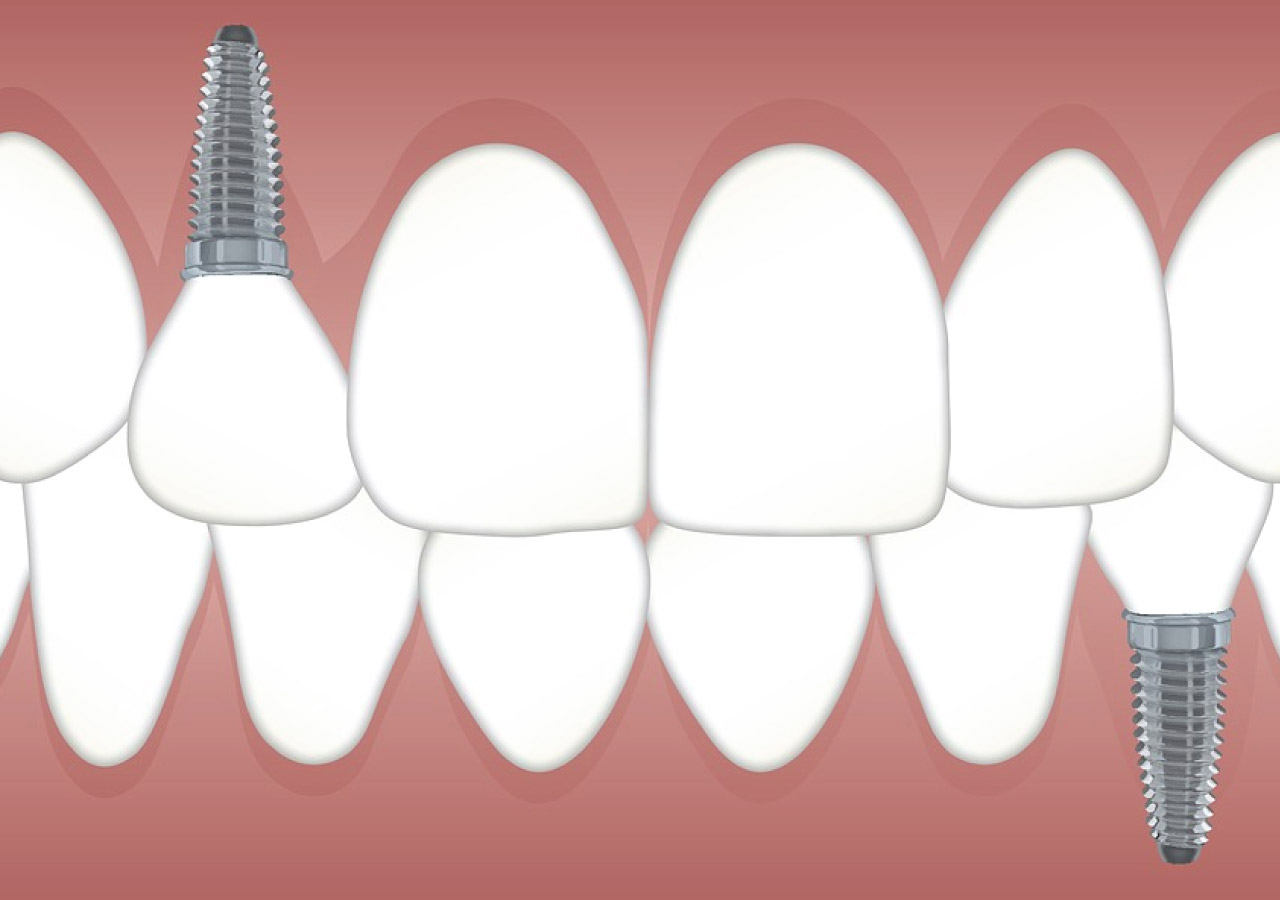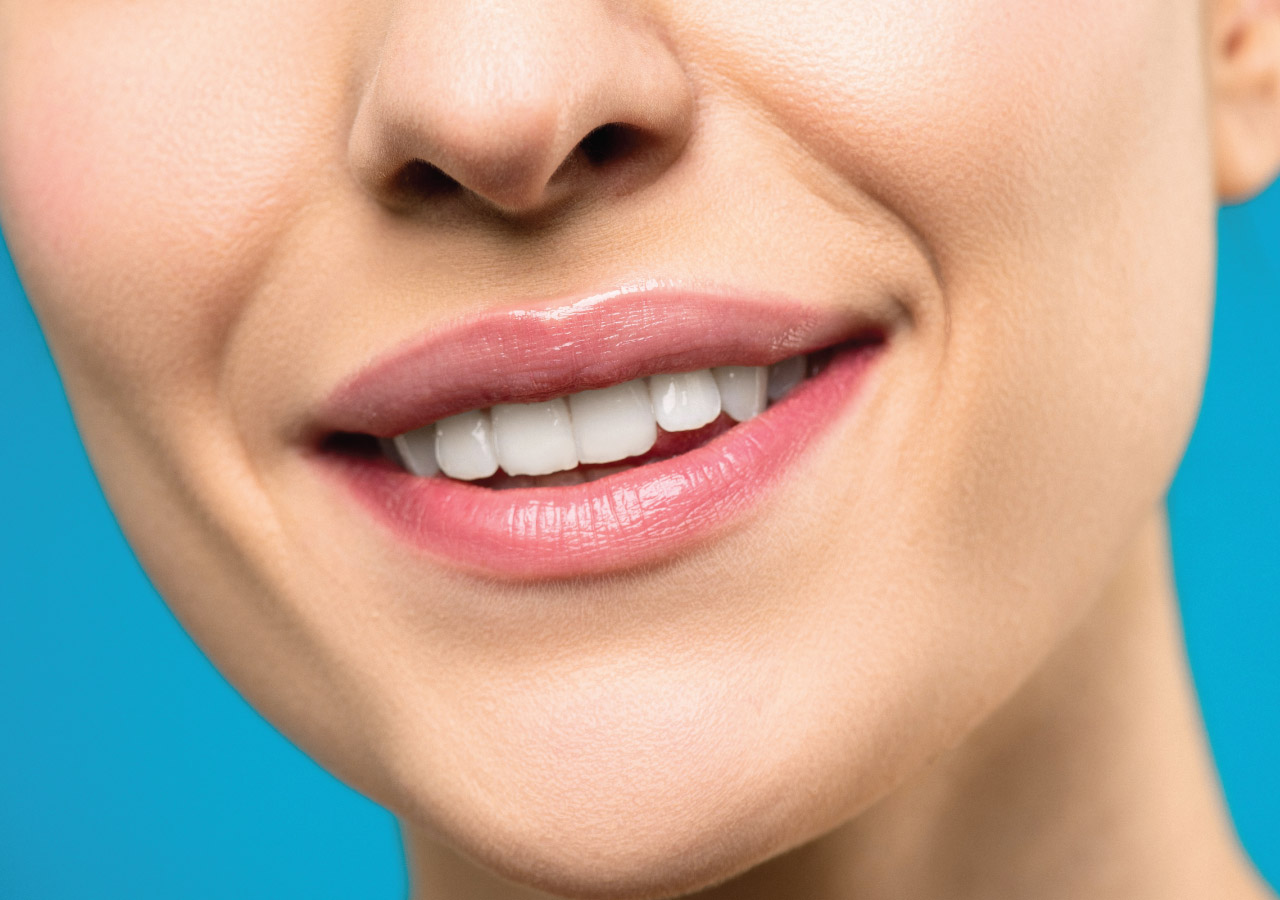Crowns
Crowns (or “caps”) are restorations that restore tooth strength and can also improve its appearance. There are a few reasons you may need a crown. If you have a big cavity or had multiple fillings, have had a root canal, your tooth has been fractured or cracked or you want to improve the aesthetics of your smile.

Crowns (or “caps”) are restorations that restore tooth strength and can also improve its appearance. Crowns can cover and support a tooth with a filling that is so large that it’s jeopardizing the overall strength of the tooth. They can be used to protect a weak tooth from breaking or restore one that’s already broken. A crown is a good way to cover teeth that are discolored or badly shaped. Crowns are also used in conjunction with dental implants to restore teeth that are missing or being taken out.
When you are told that you need a crown you should expect to come back for two appointments. During the first appointment the tooth will be prepared for the crown. Old fillings will be replaced, decay will be removed, and the tooth will be shaped for the crown to sit on top of the tooth. When a filling is completed on a tooth that is being prepared for a crown it is called a “build-up”. The build-up material is similar to a filling, but the purpose is to restore enough underlying structure to support the crown. After the tooth is prepared for the crown we will take an impression to send to the lab, which they will use to fabricate your crown. A temporary crown will be made and placed on the tooth until the permanent crown is ready to be put on. Normally you will have a temporary crown for 2-3 weeks until the final crown comes back from the lab.
The second appointment is much shorter than the first. You will come in, we will remove the temporary and fit the permanent crown. Usually very minimal adjustment is needed to get a great fit. Adjusting the bite is the most important part because if the crown is too tall your teeth will become sore. When we are certain the fit is just right we will cement the crown. Most patients do not need anesthesia for cementing of a crown but there are some instances where we would need to have a patient numb to get a crown in place. After the cement is cured you can eat and drink, avoiding any sticky or hard and crunchy foods for 24-48 hours allowing the cement to reach its final setting strength.
Why would I need a crown?
Here are some of the most common reasons patients need crowns:
- You have a big cavity or have had multiple fillings or a single very large filling on the tooth – When decay has caused you to need multiple large fillings on a tooth or if the existing decay in a tooth would require a very large filling, a crown is recommended. When there is more filling material that makes up the crown of your tooth rather than natural tooth structure it is at risk of potentially fracturing, and a crown may be recommended to help avoid this.
- You have had a root canal – Teeth that require root canal therapy are left weakened. The best way to keep the tooth strong for long-term success is by placing a crown on it. This adds strength to keep the tooth from fracturing and seals any access to the canals. Crowns are always recommended for back teeth following a root canal, front teeth are not always required to have crowns following root canals.
- Your tooth has fractured – There are many reasons that teeth break, large fillings that you have been chewing on for years, you hit your tooth on something, or the tooth is weakened because of decay to name a few. Depending on how large, and the location of the break a crown may be the best long-term option to fix the tooth.
- Your tooth has cracked. Some teeth become sensitive because they develop micro-cracks. The cracks cause the tooth to flex every time you chew on it, which opens the inside structures of the tooth to the oral environment. This is very painful. The solution to this is a crown because the crown binds the tooth together so that it will no longer flex when you chew. If cracks increase in size, a crown may not be a sufficient solution to resolving this issue.
- You want to improve the esthetics of your smile or fix crooked teeth – While this is not the only option to improve your smile or fix crooked teeth it is one way to resolve esthetic issues. For patients who are interested in transforming their smile, crowns give you the ability to enhance color, esthetics and crowding all at the same time. Not all esthetic issues can be resolved with a crown, but if your interested please come in and talk with Dr. Baldwin.
What is the difference between a crown and a cap?
The terms crown or cap mean the same thing. The term crown refers to the part of the tooth that is being replaced. The term cap gives you a visual that it is like a hat, which goes around, and sits on top of the tooth.
Are there different types of crowns?
Yes, there are several different materials that are used to fabricate crowns. These are the main categories.
- Ceramic crowns: This is one of the most popular materials for crowns. These crowns are made of porcelain only, and with all the new developments in dental materials over the years they are very esthetic and very strong. When doing a crown up front where everyone will see, this is an ideal option. A natural tooth’s enamel bends and refracts light in a certain way, and that is what produces the colors we see. Because porcelain can manipulate the light in a similar way, this is normally the preferred choice for front teeth. The most common types of ceramic used are Zirconia and Emax. Depending on the area in the mouth and the need for strength/esthetics determines which material we will select.
- Porcelain Fused to Metal (PFM) crowns: This is a crown that has a metal substructure with a layer of porcelain covering the outside so that it appears just like a natural tooth, but has the strength of the metal underneath. The porcelains covering the metal structure come in all colors and shades so we can match the crown to surrounding natural teeth. In situations where we need the extra strength of the metal underneath we will use this option.
- Gold crowns: These crowns are great anywhere in the mouth, but most commonly are used in the back of the mouth. The metal is very long lasting, and doesn’t wear on the enamel of the opposing teeth. Less natural tooth has to be taken away to make this type of crown compared to the other materials. The color of the final crown is gold. In most instances gold restorations are used for the very back molars but really can be placed anywhere in the mouth. Cost for a gold crown is slightly higher to cover the cost of the gold used in fabricating the crown. If your interested, check with Dr. Baldwin or Dr. Burnham and they can let you know the price difference.
They are coming up with new materials and techniques to fabricate crowns all the time, here at Baldwin Family Dental we make sure that we stay up to date on all these innovations to provide you with the best care possible.
How do I choose what type of crown to get?
Consult with Dr. Baldwin about the pros and cons to each type of crown and your unique situation. Some crowns are better for different areas of your mouth or different situations.


